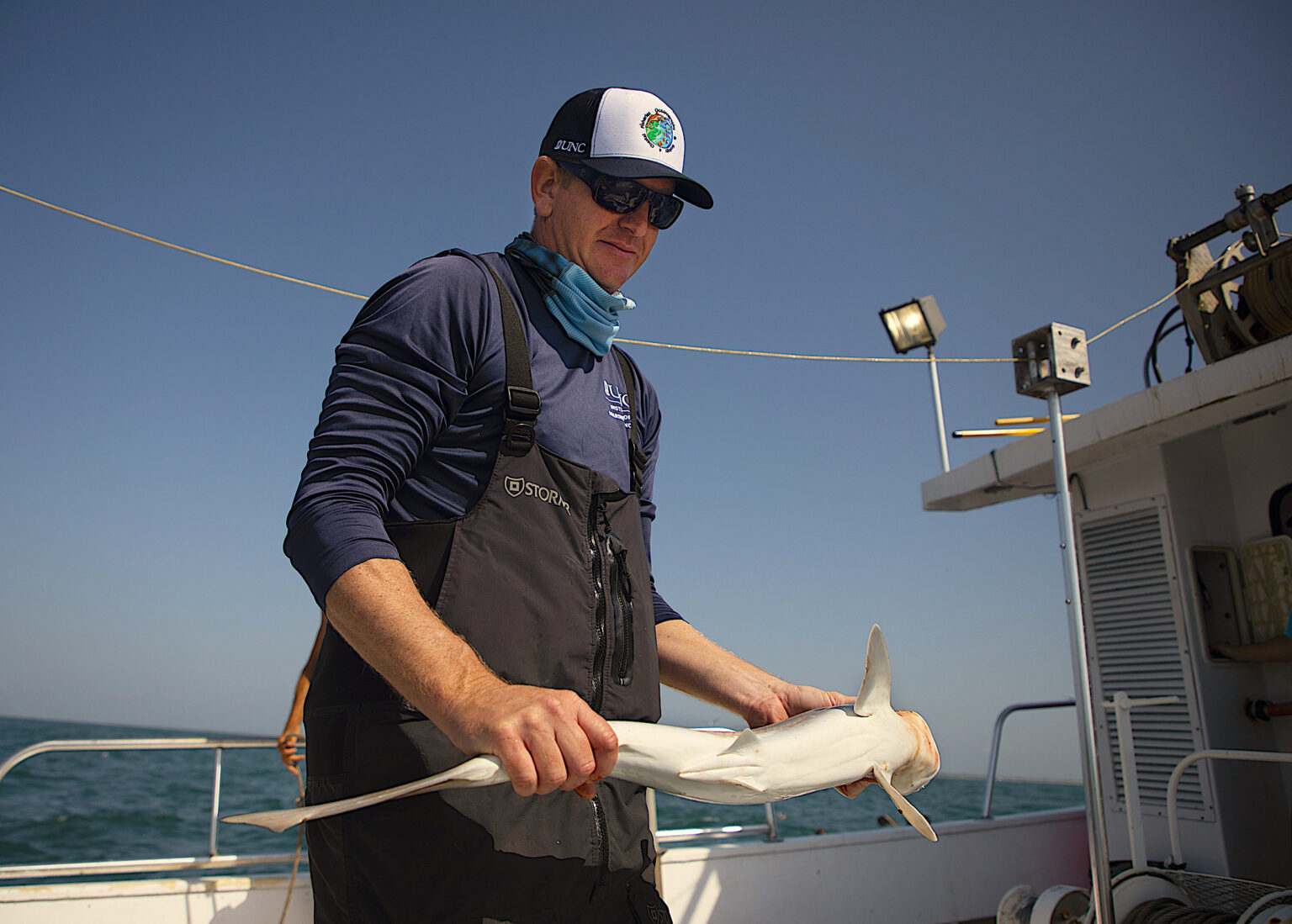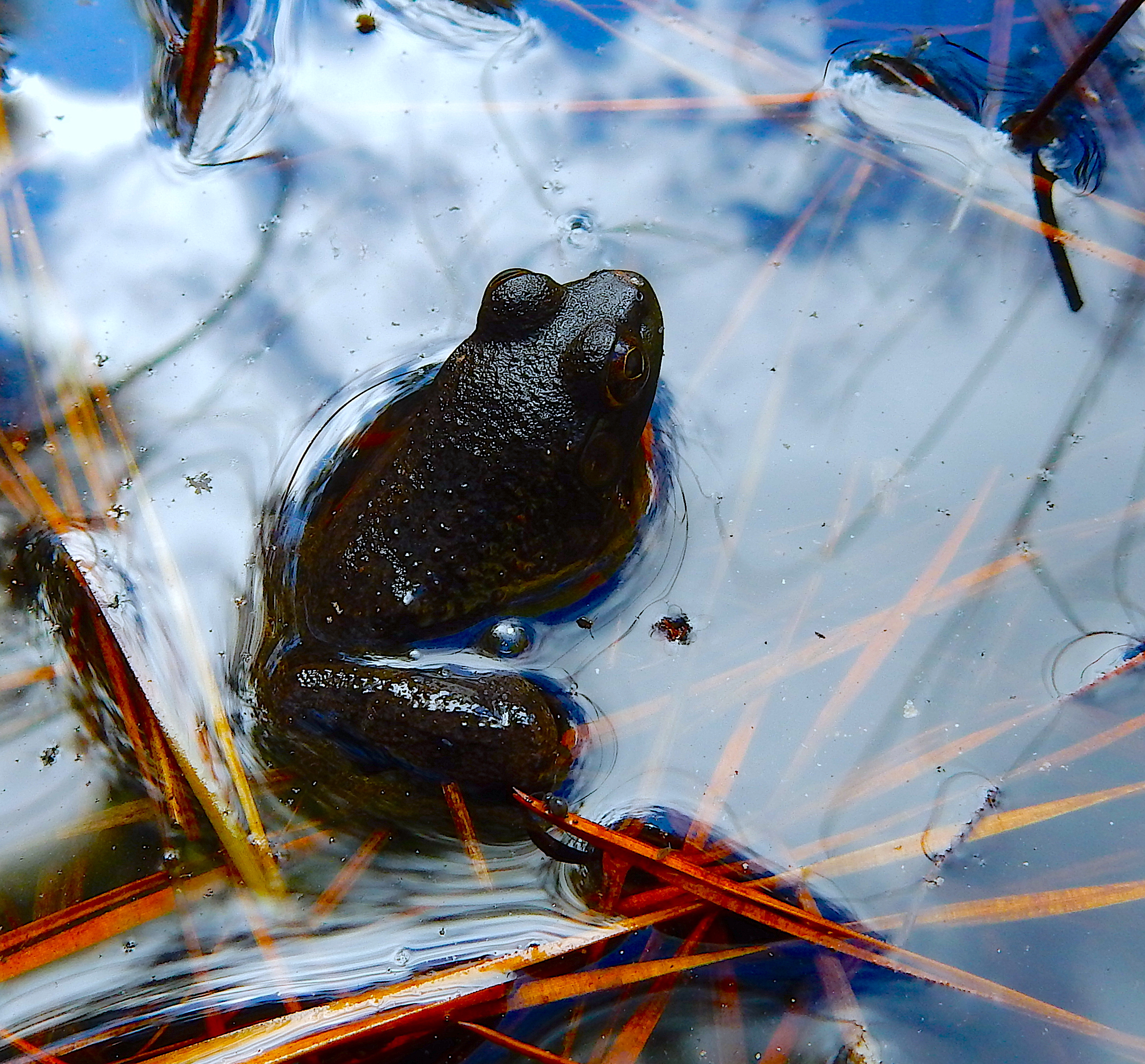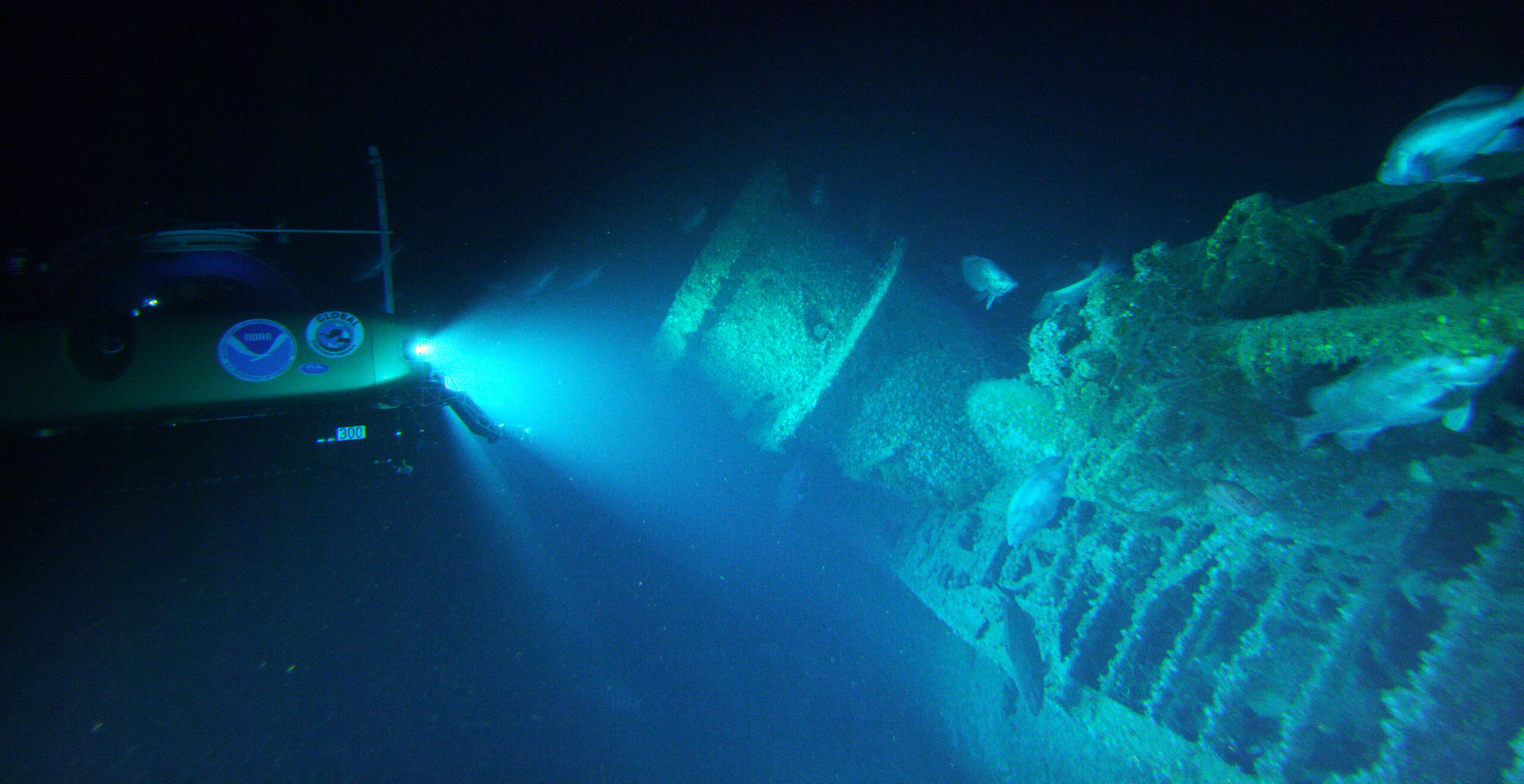Around Cape Lookout over the last 50 years, the answer for many species is Yes. Sharks are important predators in marine food webs, but their numbers are thought to have been significantly altered by fishing and other human impacts, potentially disrupting coastal ecosystems.
WHAT WE STUDIED
Many anglers note that small sharks currently appear quite abundant, but there are few rigorous analyses of trends in shark sizes over time, due to the relative rarity of long-term survey data on these highly migratory and hard-to-sample fishes. Therefore, we wanted to explore whether shark sizes along the North Carolina coast have changed over time, leveraging one of the longest-running shark surveys in the world.
We examined the sizes of 12 shark species caught regularly during a nearly five-decade-long survey conducted in Onslow Bay, North Carolina, using standardized longline gear (200 baited hooks attached to a 1-mile main line, deployed biweekly). We evaluated trends for each species in average and maximum “fork length” (the distance from the snout to the fork in the tail).
WHAT WE FOUND
All 12 species were characterized by fish appearing smaller over time, ranging from decreases in maximum sizes by 10% for silky sharks to 35% for sandbar sharks.
Despite significant differences across species in life histories (for example, between tiger sharks and Atlantic sharpnose sharks) and harvest pressure (for example, between harvested blacknose and protected dusky), all shark types appear to be characterized by smaller individuals compared to sizes in previous decades.
Survey data also indicated that the overall numbers of 11 of the 12 shark species, Atlantic sharpnose as the exception, are lower now than in previous decades. This combination of fewer and smaller sharks in the coastal ocean has likely contributed to shifts in ecosystems and fisheries that we don’t fully understand.
Joel Fodrie (above) is a professor with the Institute of Marine Sciences (IMS) and the Department of Earth, Marine, and Environmental Sciences at the University of North Carolina at Chapel Hill. Over the years, North Carolina Sea Grant often has supported his work, including several projects on oyster restoration and aquaculture. Carolina Power and Light (from 1975-1985) and IMS have supported this research on shark abundance and size.
lead photo credit: M. May/UNC Research.
- Categories:



